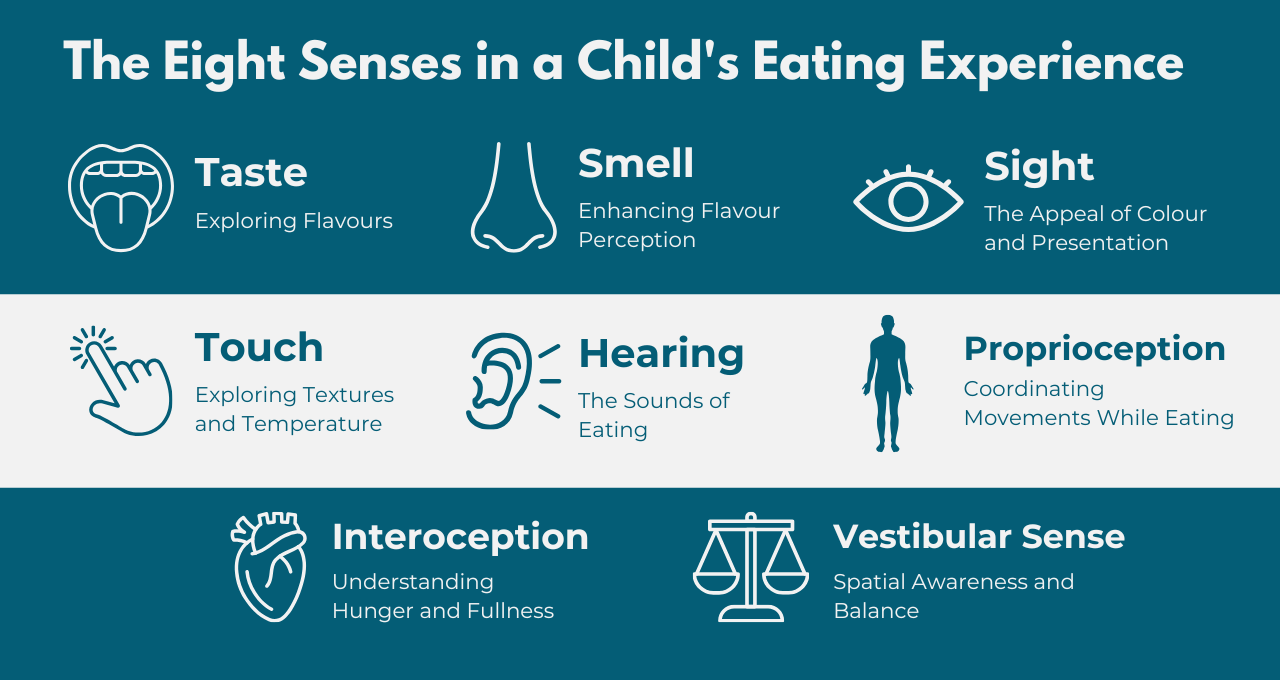Supporting Healthy Eating in the Early Years: What the 2025 Guidance Means for You
Supporting Healthy Eating in the Early Years:
What the 2025 Guidance Means for You
Good nutrition in the early years isn’t just about keeping tummies full—it’s about laying the foundations for healthy growth, learning, and lifelong habits. The updated Nutrition Guidance for Early Years Providers in England (April 2025) is designed to help settings like nurseries and childminders support children’s wellbeing through healthy food and drink.
From September 2025, early years providers will be expected to have regard to this guidance as part of the statutory Early Years Foundation Stage (EYFS) framework. That means it’s time to get familiar with what’s recommended—and how it might look in day-to-day practice.

What’s Covered in the Guidance?
The guidance includes clear, practical advice to help you:
-
Plan healthy meals and snacks for children aged 0 to 5 years, whether you provide food in-house or parents supply it
-
Support good oral health
-
Create a positive food environment, including eating together and involving children in food activities
-
Work with parents and carers to meet individual dietary needs
-
Understand the nutritional needs of babies, toddlers, and young children at different stages
It applies to all registered early years providers in England.
Food and Drink: What’s Recommended?
The guidance offers detailed examples of what a healthy diet looks like in practice for young children, including:
-
Regular meals and snacks: Typically, children need three meals and two or three snacks across the day.
-
Variety is key: A mix of fruit and veg, starchy foods, protein sources (like beans, meat, fish, or eggs), and dairy.
-
Healthy drinks: Water and milk are the main drinks recommended. Sugary drinks should be avoided.
-
Portion sizes: These should be age-appropriate—big enough to support growth but not so big they encourage overeating.
There’s also useful advice for settings that allow packed lunches, including how to support parents in making healthy choices.
Babies Under One Year
For infants under 12 months:
-
Breastmilk or infant formula should be the main drink.
-
Solids should be introduced from around 6 months—there’s no need to rush.
-
First foods should be simple, soft, and free from added salt or sugar.
The guidance includes practical suggestions for introducing foods safely and supporting feeding based on the baby’s cues.
Creating a Positive Mealtime Environment
Children learn about food not just through eating, but through the atmosphere around mealtimes. The guidance encourages settings to:
-
Make mealtimes enjoyable and sociable
-
Sit and eat with children when possible
-
Give children time and independence to explore food (like feeding themselves)
-
Avoid using food as a reward or punishment
It also reminds us how important it is to role-model healthy eating ourselves—children are always watching!
Supporting Individual Needs
The guidance recognises that children have different cultural, religious, and health-related dietary needs. It encourages providers to:
-
Work with families to understand these needs
-
Make sure all children are included and feel safe and respected during mealtimes
-
Be aware of allergies and intolerances, and manage them carefully
What’s Next?
From September 2025, early years settings will be expected to follow this guidance as part of meeting the EYFS requirements. You won’t need to change everything overnight—but reviewing your food provision and thinking about where changes might be needed is a good place to start.
Want to read the full guidance?
You can find it here:
📄 Nutrition Guidance for Early Years Providers (April 2025)





